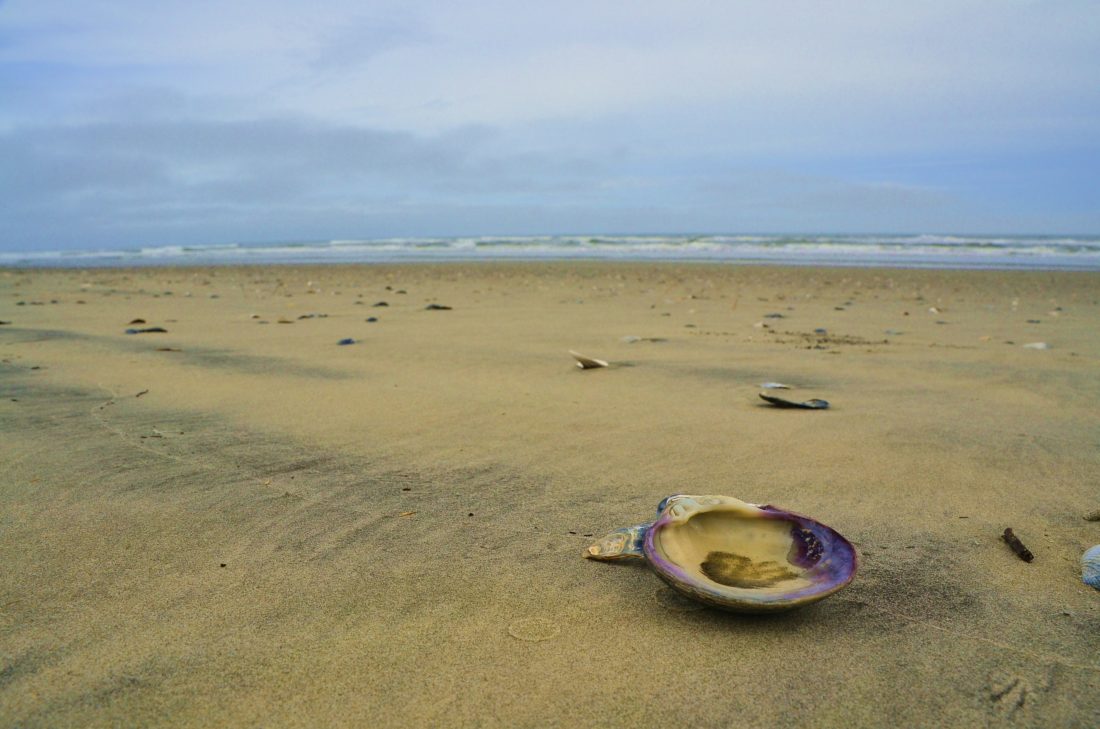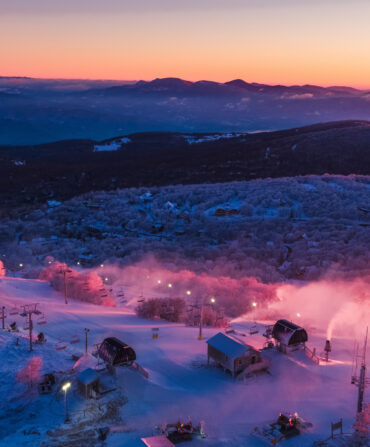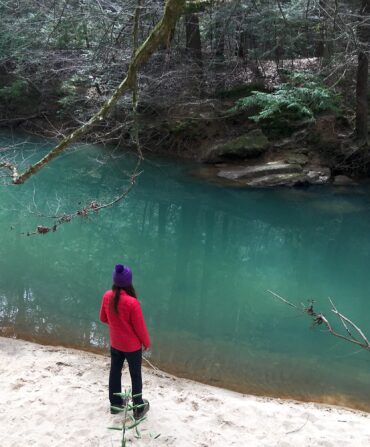The pandemic that at first kept us all inside has now led to an explosion outside. Biking, boating, birding, golfing, camping, and more outdoor activities have seen huge jumps in participation since COVID-19 hit. This leads to a dilemma: Where can we go outside that isn’t crowded?
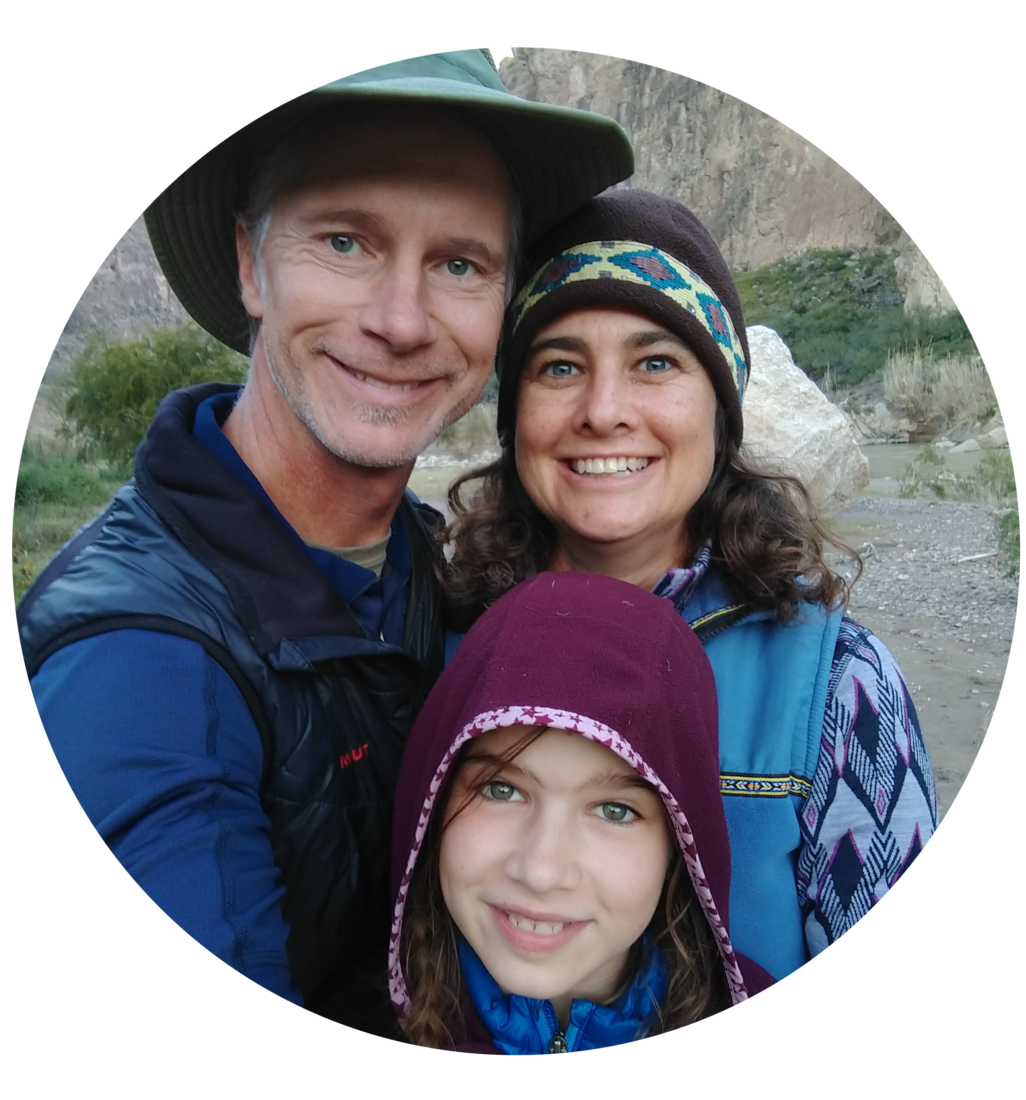
Ryan and Rebecca Means have plenty of answers. For almost twelve years, the married Florida scientists have run Project Remote, in which they have identified the most remote location in each state as they define it: the place that lies farthest from a road, which they calculate using Geographic Information System data, satellite imagery, and other sources.
Over time, they’ve visited thirty-eight of those most-remote spots themselves. And as they’ve traveled, the dedicated conservationists have been frustrated to learn that our country’s wild places aren’t all that wild. They have seen or heard evidence of humanity—ranging from a beer can in a tree in Missouri to boats and towers in Rhode Island to traffic noise at many—at almost all of the locations. Even so, they recommend these four places as still having a wild heart.
Georgia
Okefenokee National Wildlife Refuge (seven miles)
The Meanses have seen grizzly bears (Montana), been followed by seals (Massachusetts), picked up snakes (New Mexico—Ryan is a herpetologist), and listened to wolves howl and draw a tight circle around their tent (Idaho). But only in the South could they paddle by an alligator, which they did in a swamp in Georgia. The Meanses have been approached by producers hoping to turn their expeditions into great TV. Inevitably those producers want to focus on what they consider the danger of the trips, so the Meanses always say no. Wild and dangerous are not synonymous. “I understand nature because I spent my whole life in it—listening to the birds wake me up or watching a massive weather event roll up,” Ryan says. “Not only is it beautiful from an artistic standpoint in nature, it’s where a wild animal belongs. And we are wild animals. I’m definitely one.”
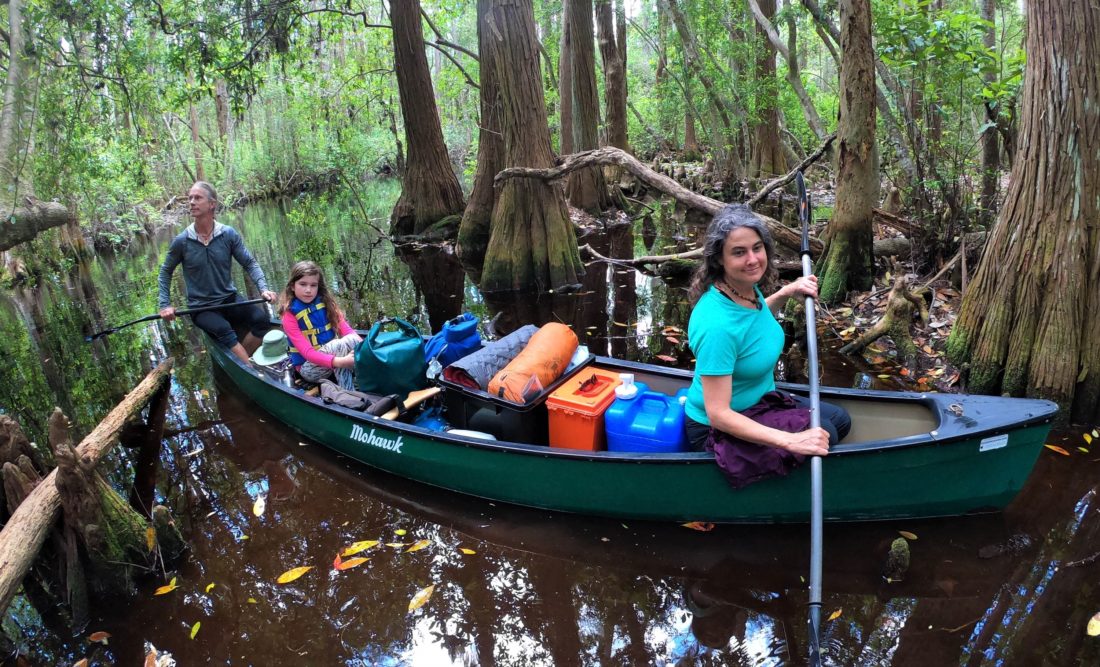
Texas
Big Bend National Park (6.6 miles from the nearest road)
Before they could even approach the most remote location in Texas, the Meanses first spent days traversing the Rio Grande in a borrowed canoe, waited out a twenty-four-hour rainstorm, and then hiked across barren and rocky desert. To get to the spot within Big Bend National Park required a final stint over terrain too rocky for their daughter, Skyla, then age ten, so she and Rebecca remained at the temporary base camp. Ryan went alone to the actual location, near the eastern border of the park in the Dead Horse Mountains. When he arrived there, the reverence he felt for such an unblemished place redeemed all that hardship.
Florida
Marjory Stoneman Douglas Wilderness (seventeen miles)
The Meanses often talk about quantitative remoteness, which they can prove but not feel, and qualitative remoteness, which they can feel but not prove. The best remote spots have both. One factor in qualitative remoteness is cell phone coverage. At nearly 60 percent of the remote places they have visited, they had coverage. But not at Florida’s mainland locale, near the southwest coast in an area known as Ten Thousand Islands. “In the Everglades, waiting for the tide to rise with no ability to connect with the outside world, there is nothing to do but sit…and think…and soak up your surroundings,” Rebecca wrote at projectremote.com. “This kind of disconnected remoteness is exactly what we hope to help others experience.”
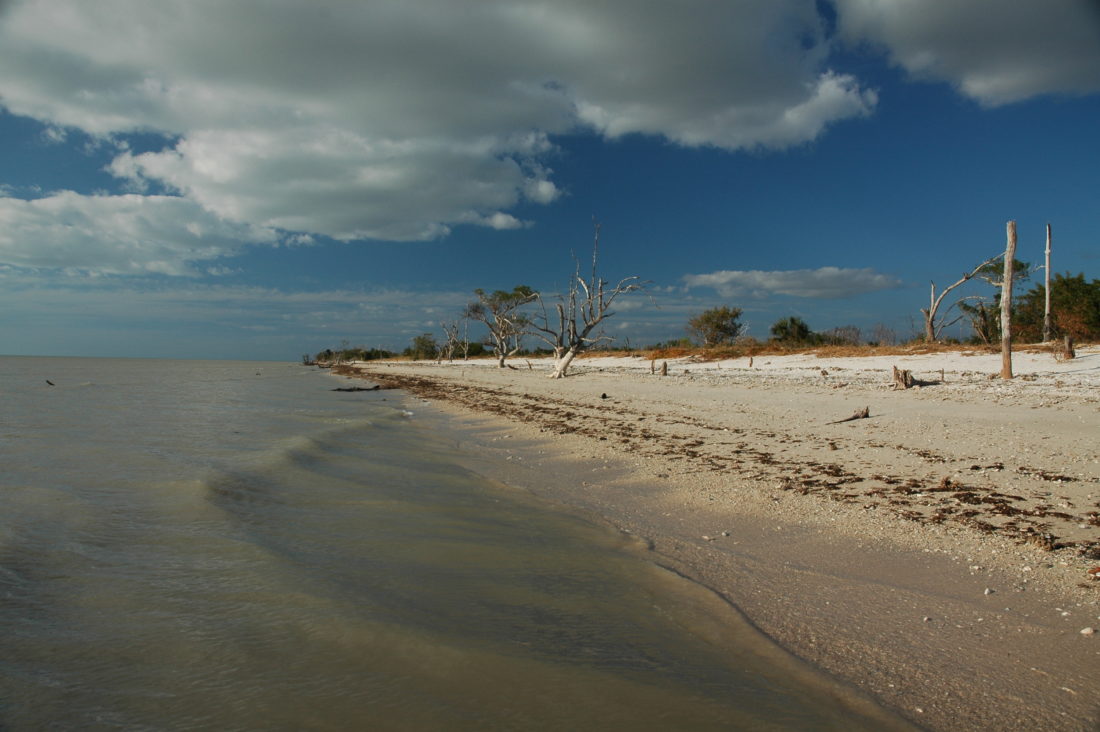
Virginia
Virginia Coast Reserve (8.3 miles)
The most remote spot in Virginia is on a protected barrier island chain northeast of Virginia Beach. To get there, the Meanses hiked across pristine sands covered with horseshoe crabs and seashells. From the locale, the only sound they could hear was water pounding the beach.
